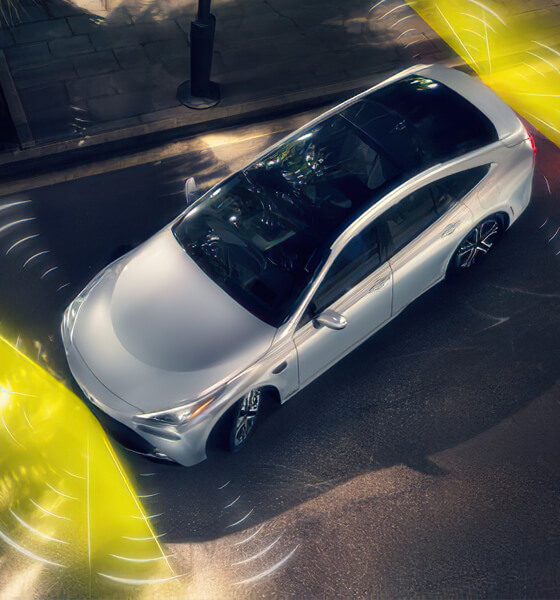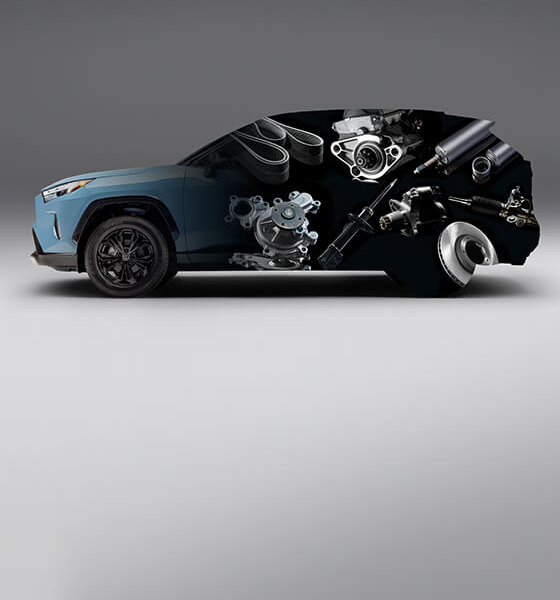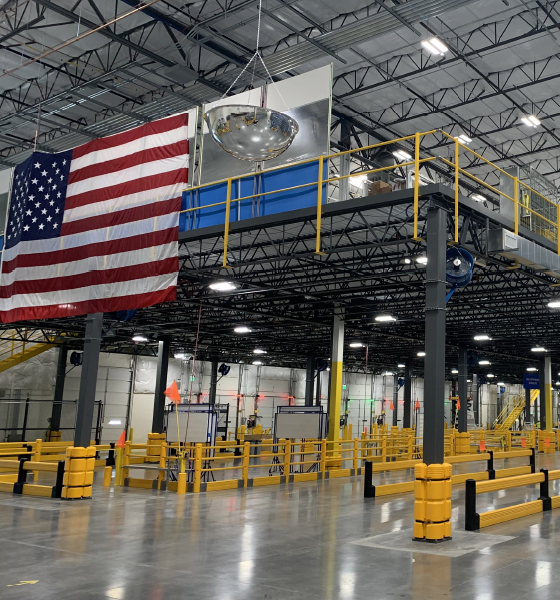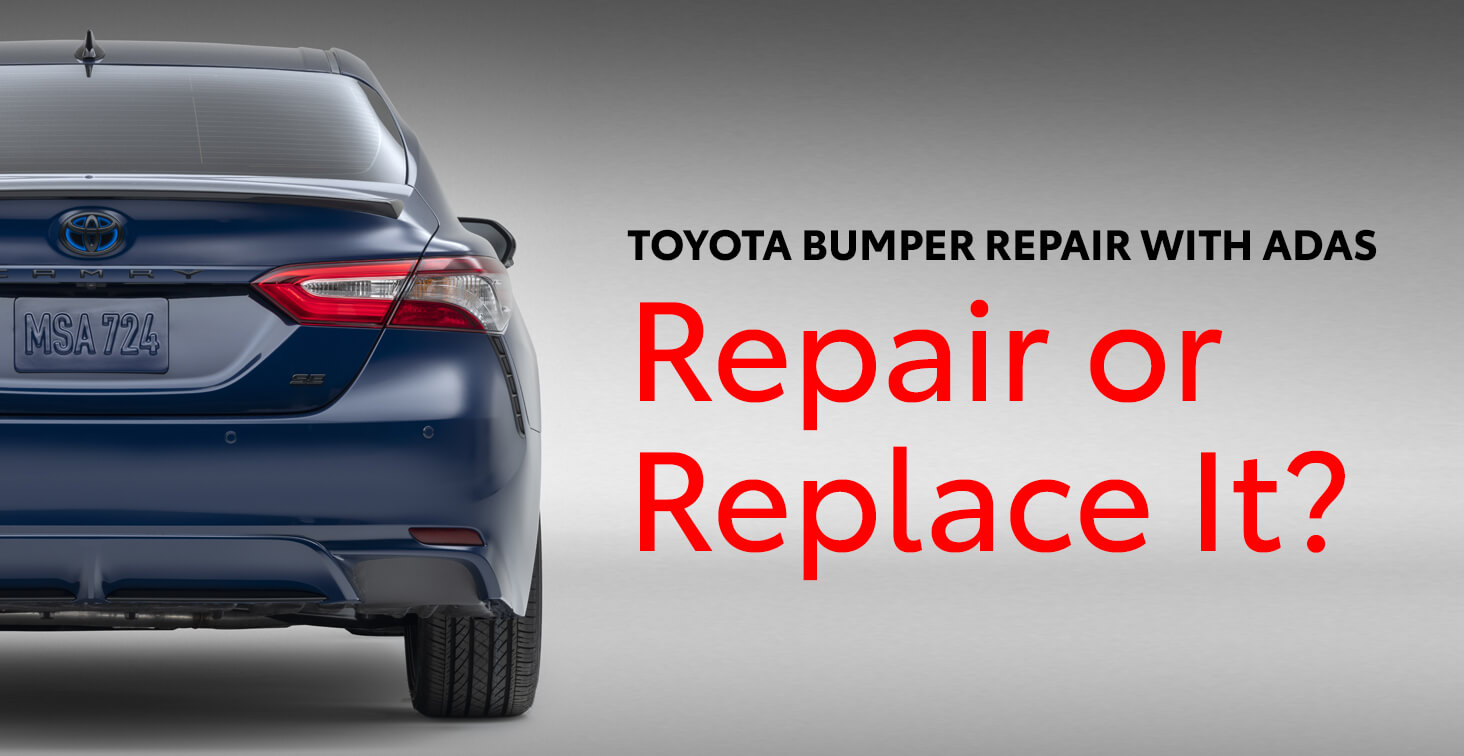
TOYOTA BUMPER REPAIR WITH ADAS
REPAIR OR REPLACE IT?
After a collision, the challenge of a bumper repair is not only the visible damage you can see but the damage to the sensors behind the bumper and how the repair may impact its future performance. Toyota vehicles equipped with Toyota’s Safety Sense (TSS)1, Toyota Advanced Driver Assistance Systems (ADAS)1, have inherent restrictions and guidelines that apply when a vehicle has been in an accident.
Therefore, when a newer Toyota comes into your shop, you need to be familiar with Toyota Safety Sense (TSS) features on that vehicle and how your repairs may or may not affect the performance of those systems. The best source to locate specific safety features on a particular model year is to source its New Car Features (NCF) manual found on Toyota’s Technical Information System (TIS) website: https://techinfo.toyota.com/ or contact your Toyota dealer.
PERFORM A DAMAGE DIAGNOSIS
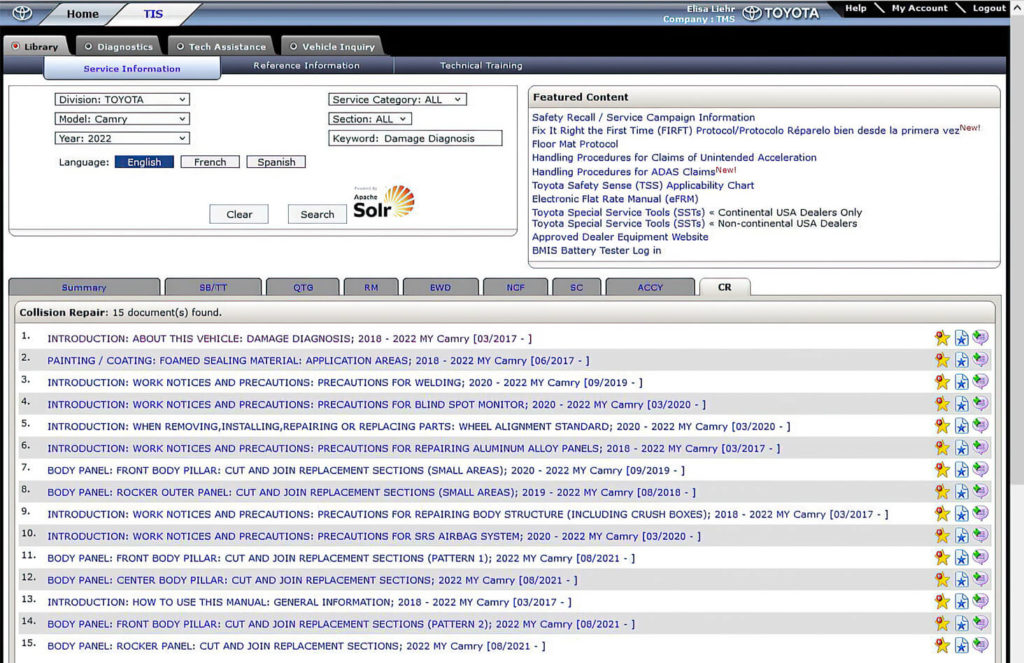
When performing a Damage Diagnosis for a Toyota vehicle that has been in a collision on either the front or rear bumper, it is important to resource the different damage diagnosis charts for each vehicle type. These charts can be found on TIS:
- Go to the TIS website and log in
- Click on the TIS tab
- Enter:
- Division: Toyota
- Model: for this example, we will use “Camry”
- Year: for this example, we will use “2022”
- Service Category: for this example, we will use “All”
- Section: leave as “ALL”
- Keyword: Type in “Damage Diagnosis”
- Hit “Search”
- Select the “CR” tab – for Collision Repairs – there, you will find the Damage Diagnosis document
Another document to review prior to repairs is the latest Collision Damage Repair Precautions (TIS-CRIB-161). It includes a collection of precautions that communicate Toyota’s position on some key collision repair topics.
Also found on TIS are specific model documents that provide instructions on removing, installing, repairing, or replacing components related to bumpers.
BUMPER MATERIAL
Toyota bumpers, manufactured using Toyota Super Olefin Polymer (TSOP), is proprietary polypropylene-based material. Refer to the Toyota, found on TIS, document “Exterior Resin Parts and Resin Characteristics” –to determine what materials you are working with and how the size of the damage affects whether you can repair or need to replace the bumper.
- For example, a bumper with a hole less than 1.97-in. in diameter (50mm), could be repaired if it is not near a sensor.
- If the rear bumper around the Blind Spot Monitoring System (BSM) control module is damaged, replace the bumper.
Toyota How-To : Blind Spot Monitor with Rear Cross Traffic Alert
It’s also important to perform pre- and post-repair health checks, and to complete calibration functions and operational checks necessary for Toyota Safety Sense systems.
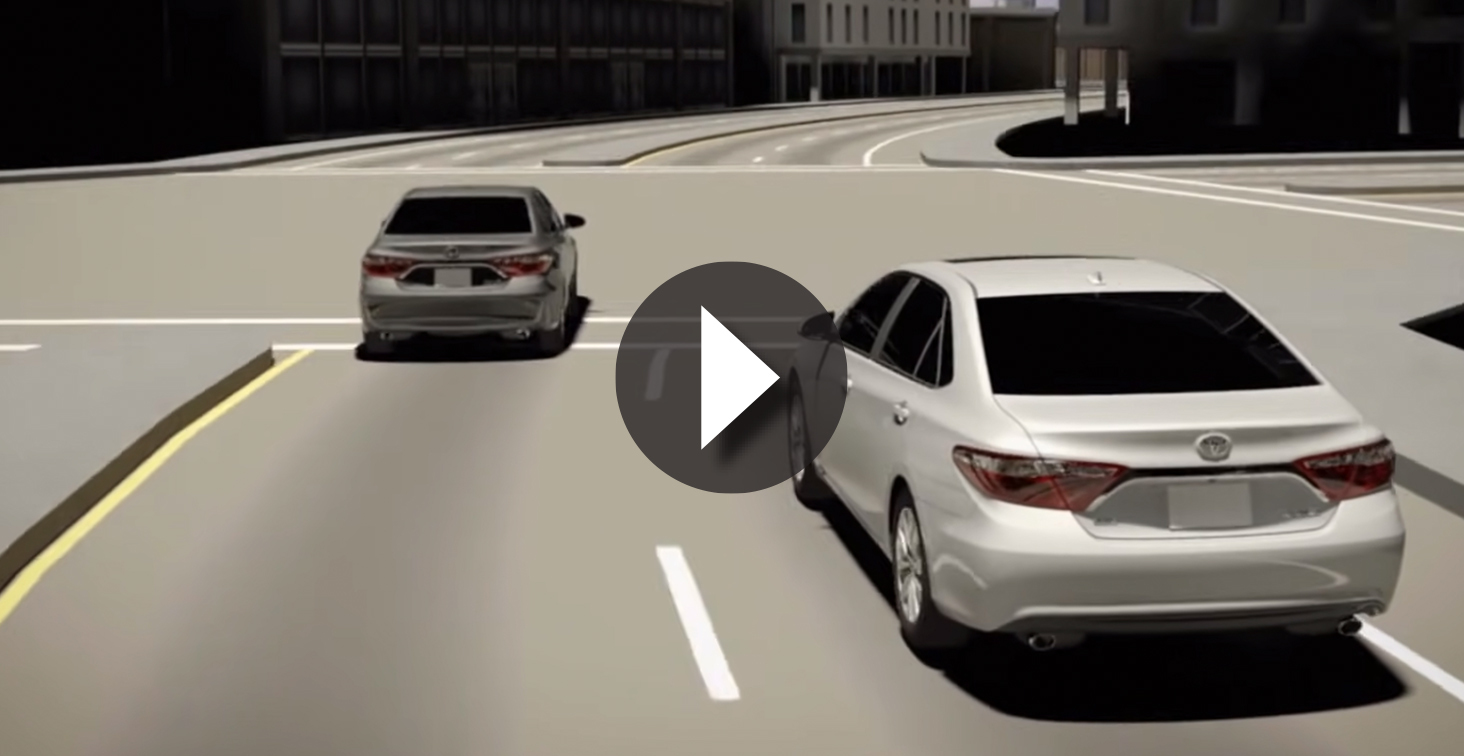
WHEN THE ANSWER IS REPAIR
If, after reviewing the appropriate background information, you decide to repair, if the vehicle is equipped with a Blind Spot Monitor, start by reviewing Toyota’s Precautions for Blind Spot Monitor document for its specific vehicle. Be aware that it, too, is vehicle-specific, so research the correct model year.
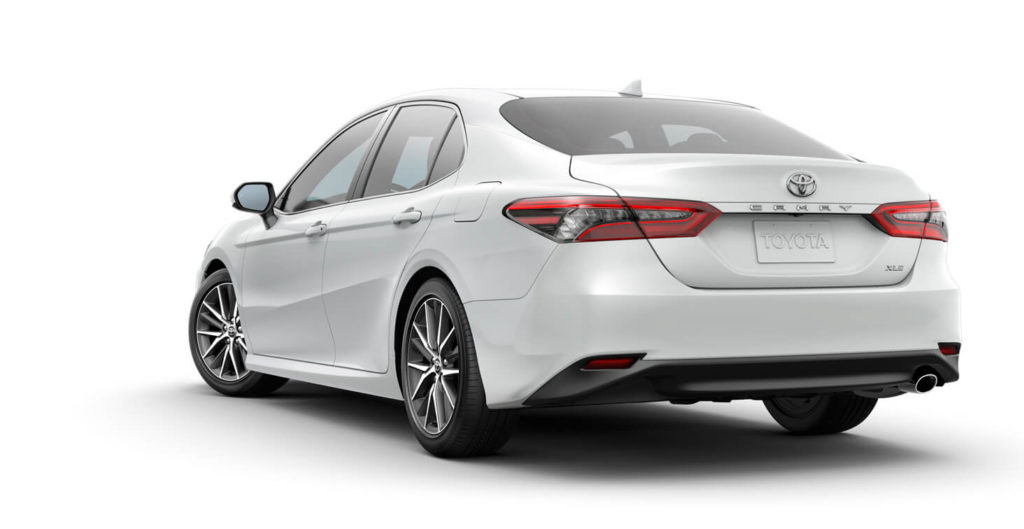
The existence of technology such as a Blind Spot Monitor or Rear Cross Traffic Alert has made what was once a minor bumper repair or refinishing into a more complicated repair consideration. Once a bumper cover is damaged near a sensor, the repair of the cover can affect the performance of those systems. Additionally, subletting the repair out for reconditioning, using repair filler material and primers, or even repainting the damaged area multiple times will add thickness, which can compromise the performance of how the sensor detects objects. Any cracks or holes in the irradiation area mean the bumper must be replaced. Getting any of the bumper repair wrong near or on the sensors may result in failure to alert the driver to threats in the vehicle’s blind spot areas.
You also need to check for ancillary damage, and, if found, refer to these Toyota documents on TIS:
- Precautions for Front Side Radar Sensor
- Bumper Bracket
- Cut and Join Replacement Sections
- Radiator Support Assembly
- Crush Box – note that repair of bumper reinforcement is prohibited
WHEN THE ANSWER IS REPLACE
Any time there is damage to a bumper that may affect ADAS and you cannot 100 percent guarantee that the thicknesses of all the coatings will match factory specifications, Toyota recommends you replace the bumper to help ensure your customer’s safety and your shop. The bumper could have been repaired and painted more than once, and you cannot tell when you’re estimating the damage unless your shop has an Ultrasonic Coating Gauge. In addition, more and more vehicles now have front sensors and rear sensors like pedestrian detection, so if there is any damage around those sensors, then replace the bumper.
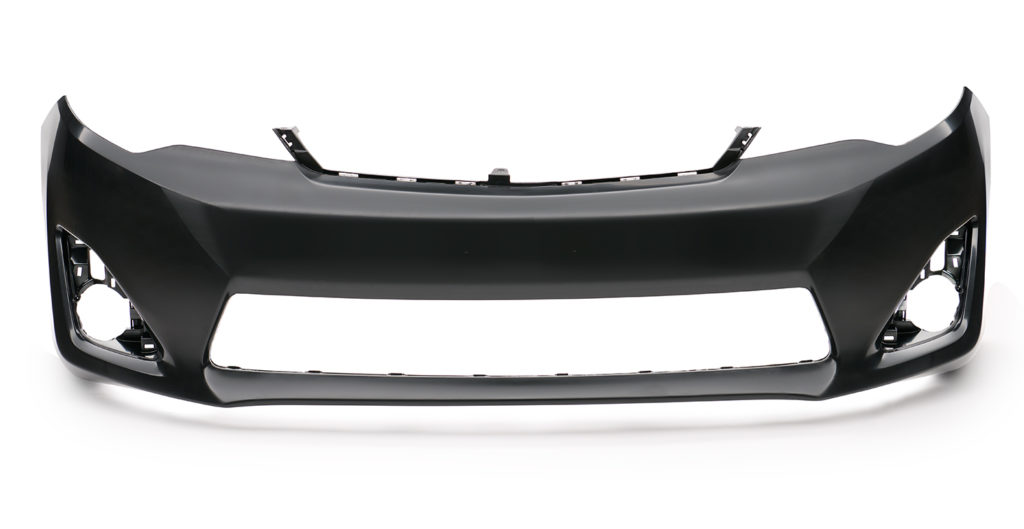
Toyota Genuine Bumpers’ unique molecular TSOP properties provide rigidity and impact resistance, while being lightweight and they work in harmony with Toyota technology. Alternative parts may not use a material that matches the performance and molecular properties of TSOP, which may affect sensor operation.
CALIBRATION
Whether you repair or replace, once repairs are complete, check your measurements, calibrate the system, then use a Techstream (or Techstream Lite) scan tool to make sure there are no remaining Diagnostic Trouble Codes (DTCs) and that all of the ADAS systems are functioning properly.
THE BOTTOM LINE
When it comes to bumper repair, there’s more than meets the eye. Start by conducting thorough research to identify Toyota’s related repair procedures, then, when in doubt, it’s always better to be 100 percent safe and replace the bumper. Fix it right the first time!
To order a Toyota Genuine Bumper Cover, contact your Toyota Dealer. To find your nearest Toyota Dealer go to: https://www.toyotapartsandservice.com/dealer-locator
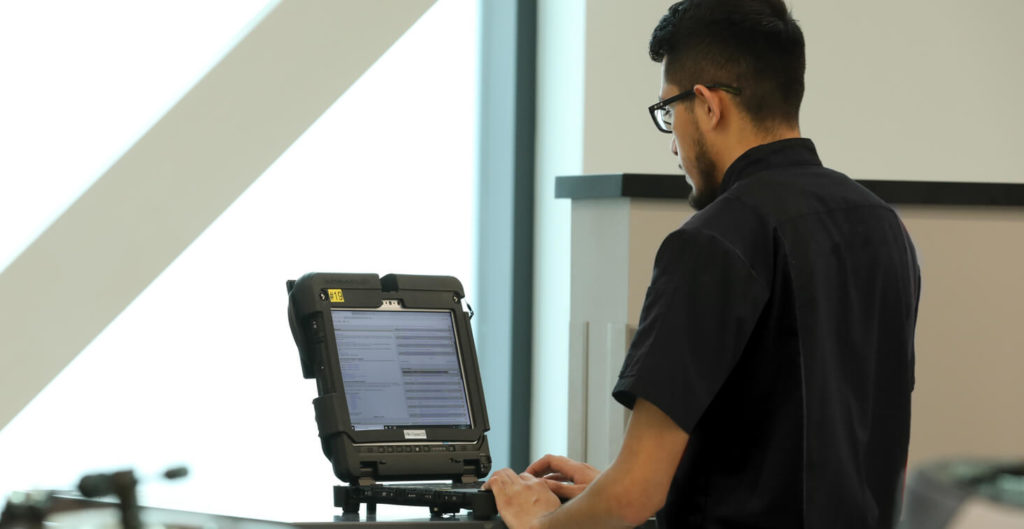
DISCLAIMER:
- Toyota Safety Sense™ effectiveness is dependent on many factors including road, weather and vehicle conditions. Drivers are responsible for their own safe driving. Always pay attention to your surroundings and drive safely. See Owner’s Manual for additional limitations and details.

